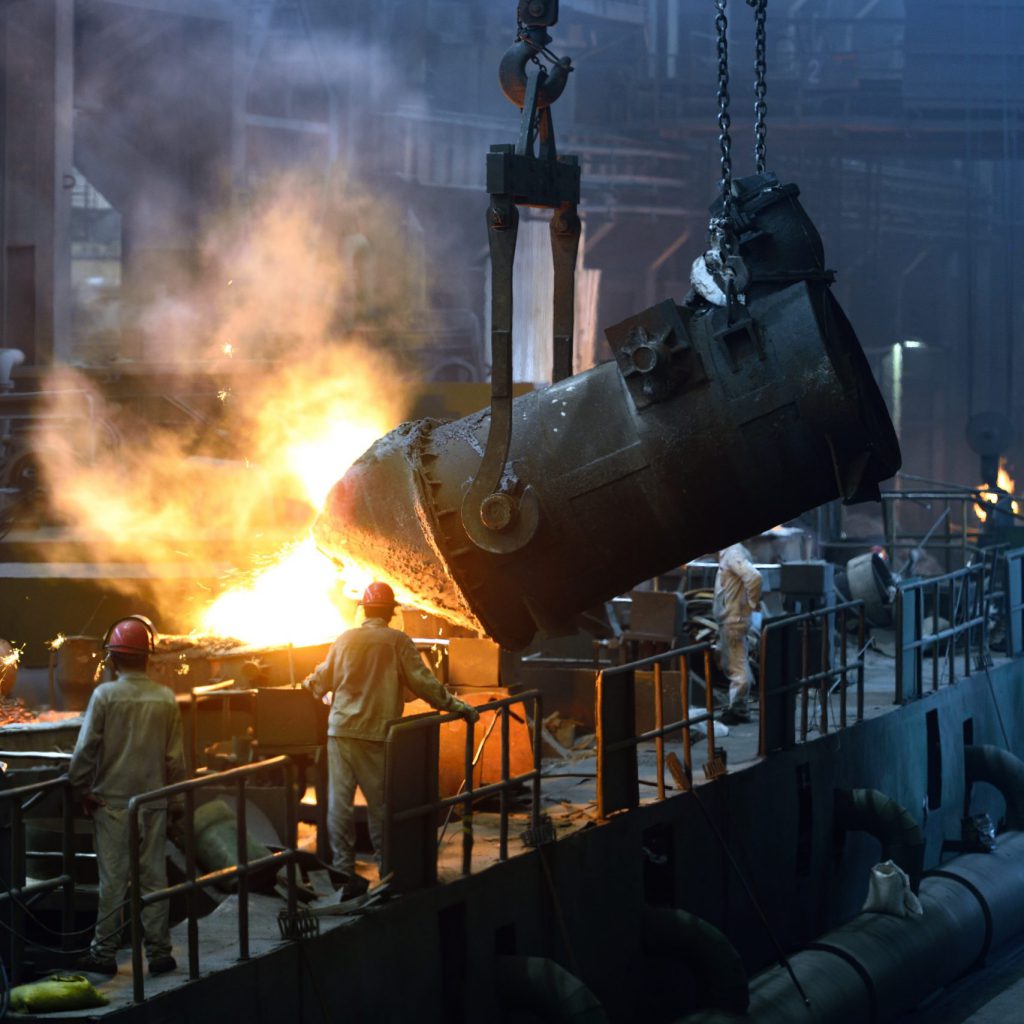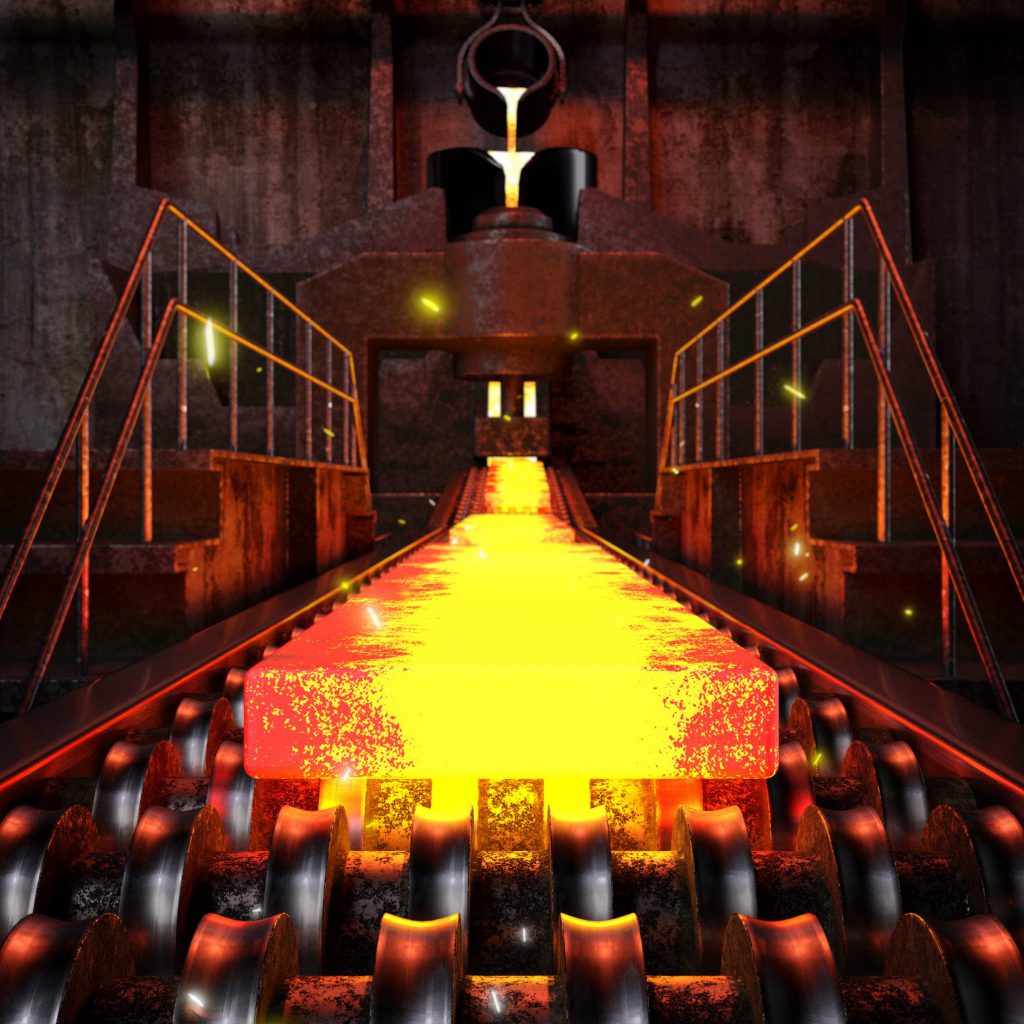Why a secured digital trail can add value
Even without a link to the physical
How does a secure digital trail of a product add value if there is no direct link to the physical product itself? An often-heard question within the steel industry. How can a solely digital solution, as offered by SteelTrace, add value to the current traceability system of steel producers.
The legacy PDF document
The current system is based on paper or PDF documents that get bundled and sent together with a product. The steel is marked with a heat number that corresponds with the numbers on the certificate. The certificate provider can have many security measures and procedures in place to make sure the certificates get issued according to the proper procedure.
The problem doesn’t lie there, the problem is that as soon as a certificate leaves that party, it is not secure. Anyone who receives it can copy it, modify or even create a new certificate that looks exactly like the one issued by a qualified party. The document’s destination remains unknown. It gets emailed or it is made available on platforms but what the receiver does with it remains unknown and unchecked.
The industry holds on to a legacy in the form of a document. A pdf that has gotten the status of an official document. It has stamps, it has company logos, it has signatures derived from customs dating back to the middle ages. We have become so accustomed to the feeling of an official document that we don’t realise that any document, especially in a digital age, can be made to look official by anyone with a computer. We think it is highly mutable.
Now, in previous posts, we touched upon how, in a digital world, we can secure documents in a way that they can’t be falsified. The main question we get is of course: How is that relevant if we can’t link it to a physical product?
Link to the physical
This is where the platform and unique ID’s come in. When a document is exchanged in the platform, and every time it moves from one party to the next, the steps are registered. If all and every product have their own unique ID, instead of a heat or batch ID, you follow the path of individual products. In a platform environment, it is possible to detect the flow of unique IDs and should it be used twice at different places, this would mean at least one of them is not correct.
An example:
You can buy 19 pipes on the black market and 1 pipe from an A player. You just copy the certificate of the A player and the heat number and mark all 20 pipes the same way. If the person wants to receive a certificate from the A player using SteelTrace he has to receive it digitally. That step is registered and linked to his company. Should he copy the ID on the 20 other pipes and try to transfer the digital certificate, all 20 buyers would have to retrieve and accept the digital certificate in SteelTrace.
But wait, they can’t. Because 19 of them will be told this certificate is no longer in possession of the seller. Hence they will know something is up.
The digital certificate
A digital certificate, unlike a physical one, can be found and analysed instantly. Algorithms can analyse patterns at any time in contrast to documents stored in a folder somewhere in a filing room. When you digitally sign a document, it can always be retrieved within seconds. We, at SteelTrace strongly believe that our platform will severely reduce bad intentions, human errors and increase security & accuracy.
If you want to know more about SteelTrace, make sure to sign up for a product demo! You can register at your preferred time using the link below:




